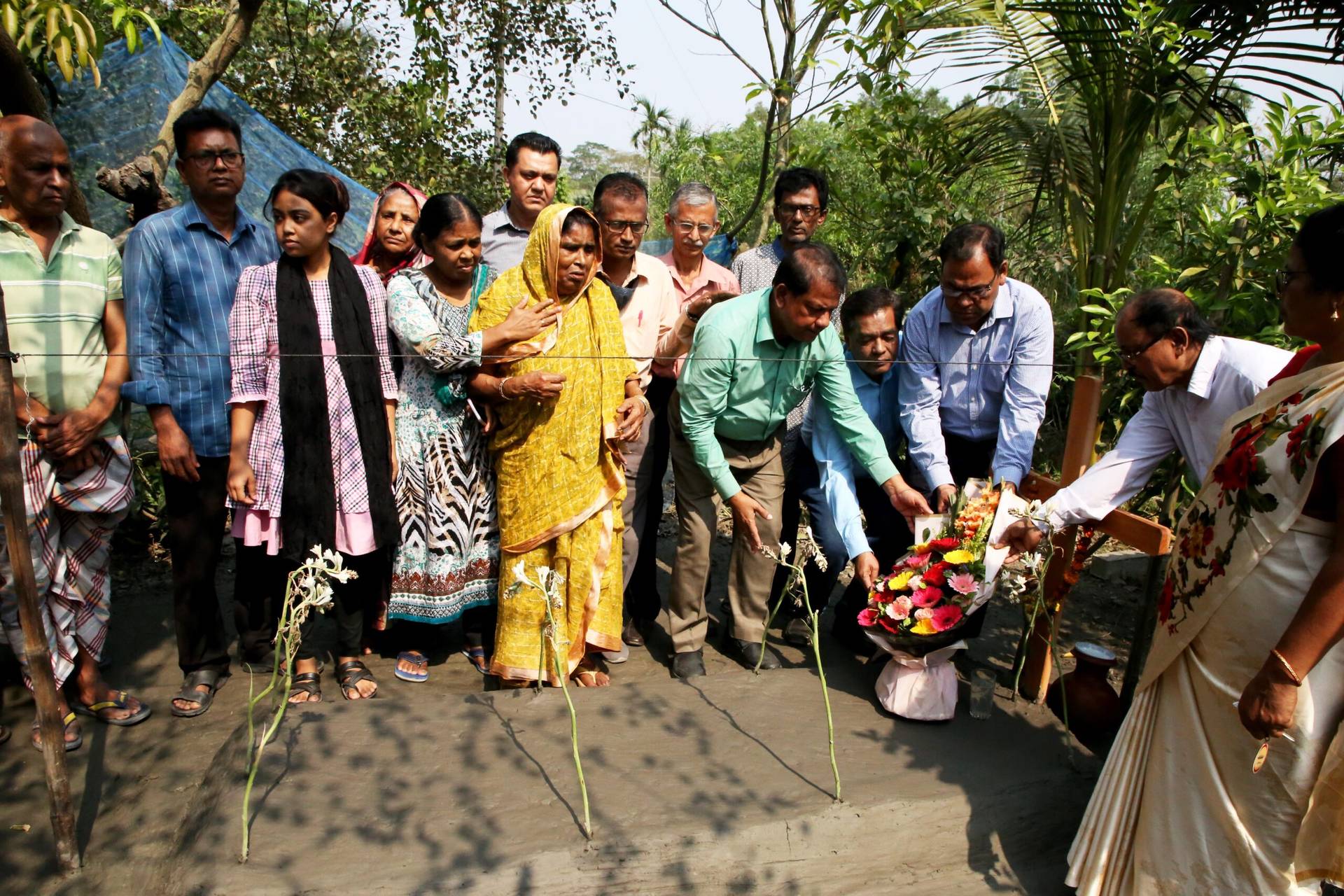ROME – A widespread and bizarre controversy in Italy has finally come to an end after the Vatican announced Thursday that a notorious Marian statue that allegedly shed tears of blood was deemed to be false.
The story is a fantastical tale which for over a year has captivated the Italian imagination, involving charges of fraud, an apparent miraculous multiplication of gnocchi, and priests conducting secret investigation into the alleged supernatural events.
The drama is centered in the small Italian town of Trevignano Romano near the shore of Lake Bracciano, about 40 minutes north of Rome, and which is home to roughly 6,000 people.
There, a Sicilian woman named Gisella Cardia has a statue of the Madonna she bought in Medjugorje several years ago, and which has claims has been bleeding from the eyes since 2016. Cardia has also claimed the Madonna has been giving her private revelations since then.
As word spread about the famed Madonna di Trevignano, a swath of devotees would visit the statue on the 3rd of every month, gathering at a makeshift shrine set up in an open field in Trevignano Romano to pray the rosary, venerate the statue, make confessions, and hear the latest of Cardia’s revelations.
Many pilgrims who flocked to the site are local, however, scores of others come from throughout the Italian peninsula, giving the statue national fame.
Last year, locals skeptical of the bleeding Madonna called in a private investigator, who met with the carabinieri, the Italian military police, reportedly presenting evidence suggesting that the liquid on the statue was pig’s blood.
An earlier investigation in 2020 had claimed that the blood found on the statue then was a genetic match to Cardia’s own.
A video of Cardia later surfaced in which she discussed the supernatural phenomena she claims to have experienced, including an occasion when she found herself needing to feed 15 people with only a few leftovers from the previous day’s lunch of gnocchi and rabbit.
However, Cardia said that when she started serving the reheated leftovers, the amount never diminished no matter how much she dished up.
A preliminary report from an investigation by the Diocese of Civita Castellana concluded that there’s nothing supernatural about the statue, and that finding was confirmed by the Vatican Friday.
In a June 27 communique, the Vatican’s Dicastery for the Doctrine of the Faith issued its first decree according to a new set of norms for vetting alleged Marian apparitions and spiritual phenomena.
The decree referenced Bishop Marco Salvi of Civita Castellana’s initial report on the Madonna di Trevignano, dated March 6, saying that “in agreement with this institution, regarding the alleged apparitions and revelations by Mrs. Gisella Cardia…and Mr. Gianni Cardia, this Dicastery recognizes the validity of the aforementioned judgement expressed therein (constat de non supernaturalitate),” meaning, “it is clear that it is not supernatural.”
“May the Blessed Virgin Mary, Mother of Jesus, Mother of the Church and our Mother, restore peace and serenity in view of the spiritual good of the faithful of the parish of Trevignano Romano and of the people of God who are throughout the Diocese of Civita Castellana,” the decree said.
It comes less than two months after the Vatican in May rolled out a new expedited procedure for vetting alleged Marian apparitions or other spiritual phenomenon, ruling that they will no longer be deemed supernatural, but simply that nothing stands in the way of encouraging devotion.
According to the new norms, the discernment process for making a ruling on alleged spiritual phenomena now ends “not with a declaration of ‘de supernaturalitate’ (of the supernatural).”
Rather, six different “prudential conclusions” can be given, depending on the case, but unless the pope directly intervenes to declare something supernatural, that designation will no longer be given.
That decision, according to DDF officials, was made largely on grounds that a ruling on alleged supernatural phenomena would be reached faster, which is especially important in the digital age, and to avoid any confusion that belief in these phenomena is obligatory.
Follow Elise Ann Allen on X: @eliseannallen















